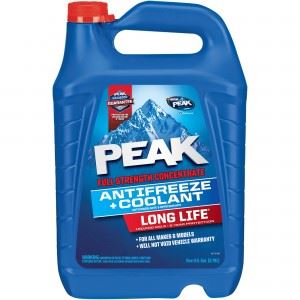WHY ANTIFREEZE IS DEADLY TO PETS
Everyone has heard about antifreeze and how dangerous it can be to animals, but do you really know how easily they can get into it? Antifreeze poisoning is the most common form of poisoning for small animals because it generally drips off car radiators and the pet licks it off the ground. They can also get into it when it’s added to toilets to keep the pipes from freezing.
The actual toxin is called ethylene glycol that makes the antifreeze toxic. Less than 3 ounces of antifreeze is sufficient enough to poison a medium-sized dog. Antifreeze poisoning affects the brain, liver, and kidneys. Antifreeze is bright in color and has a sweet taste to it and that’s why pets are drawn to it. It does have a bitter aftertaste but generally, the pet has already consumed too much by the time they taste that.

If you think your pet got into some antifreeze this is some of the signs and symptoms that you might notice
1. Drunken Behavior
2. Wobbly/uncoordinated movements
3. Nausea/vomiting
4. Excessive urination
5. Diarrhea
6. Rapid heart rate
7. Depression
8. Weakness
9. Seizures
10. Fainting/coma
If you are afraid that your pet may have consumed some antifreeze, call your vet right away or even can call poison control at 888-426-4435. They will direct you on what to do next for your pet. It might not always be fatal, but many pets will develop kidney disease.
Yes, this sounds scary, but there are some tips to help prevent your pet from falling victim to antifreeze poisoning.
1. Keep antifreeze closed tightly and stored out of reach of pets
2. Try not to spill and if it does clean it up thoroughly and quickly.
3. Dispose of used containers properly
4. Check radiator regularly and repair leaks
5. Do not allow your pet to wander unattended where this is access (driveways, roads, gutters, and garages)
6. Propylene glycol is safe and is now primarily used for antifreeze – look for this kind instead

